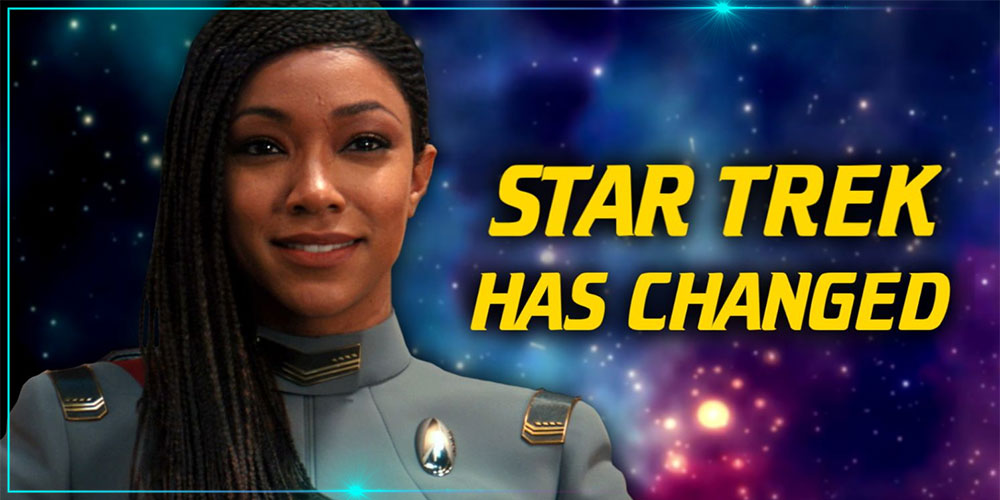Hey guys, Tyler here. There’s been a lot of talks the past few years about how some of the new Star Trek shows, even the most recent series of Star Trek films, have strayed from franchise creator Gene Roddenberry’s “original vision.”
They’re too dark, or they’re too action-oriented, or they make a farce of their predecessors—these are only a handful of the criticisms levied at Discovery, Picard, Lower Decks, and the Kelvin timeline movies. But some of these same criticisms were levied at Enterprise and Voyager and Deep Space Nine—all of which are now beloved parts of the franchise, and few questions whether they’re “canon” or not.
Yet while I think there are absolutely some fair criticisms of newer Star Trek, what I want to talk about today is something a little different: how Star Trek deviated from Gene’s original vision going back all the way to The Original Series and The Next Generation. Roddenberry executive produced both these shows and was a major creative influence, but his word was not always the end-all-be-all.
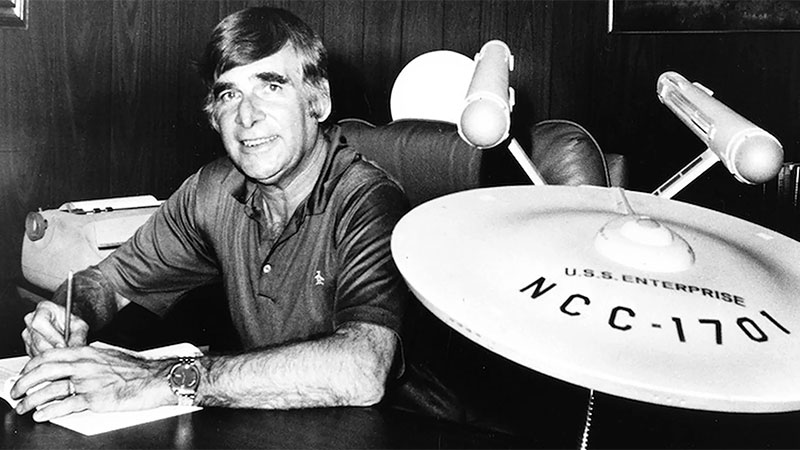
While he exerted more control over the first two seasons of TNG, by season three, he pulled back, allowing the writers to explore more diverse facets of the Trek universe. And many say Gene would’ve been disappointed with DS9, even though it’s my favourite show.
Today, I’ll discuss different aspects of the Star Trek universe—stretching across the franchise’s 50+ years of content—and examine how they differ from Gene’s original conception. Let’s get started.
First things first, it’s important to note that while much of Trek has deviated from the cerebral, situation-driven plotlines and optimistic tone of its early days, even when the shows Gene worked on were in production, not all of his ideas made it on screen. Gene’s first pitch for the show presented to Desilu in March 1964, a proposal titled Star Trek is… included a number of elements that didn’t survive past the development stage.
This would continue into the era of the TOS films and even early plans for TNG, with some ideas abandoned or at least adapted. So, here are five things about Star Trek that differed from the original plans.
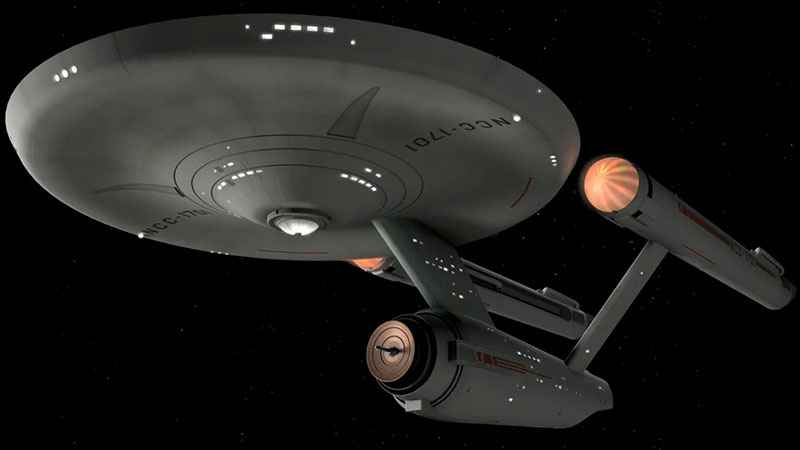
Number One
The name of the ship and captain. Pertaining to Gene’s original pitch for TOS, the vessel was to be named the SS Yorktown and to be captained by Robert April. April as a character was eventually featured in The Animated Series and referenced in Discovery—he is regarded as one of the best captains in Starfleet history.
The Yorktown, much like the Enterprise, would have had a crew complement in the low hundreds and been capable of faster-than-light travel. A Cruiser-class vessel, the Yorktown would have also embarked on a five-year mission of exploration and investigating Class M worlds.
April’s role was later adapted into Christopher Pike, who appeared in the first Star Trek pilot, “The Cage.”
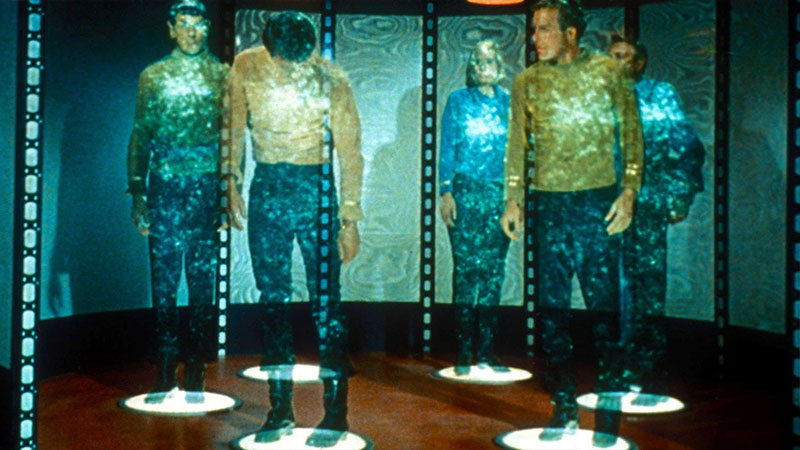
Number Two
No transporters. That’s right, one of the most iconic technologies of TOS and later instalments—the matter transporter—was not part of Gene’s original pitch. Landings by away teams would have been accomplished by using a small “recon rocket vehicle,” basically a shuttle.
The audience would be able to view these landings through telescreens, much like the viewscreen that ended up on the bridge of Starfleet ships. Of course, one of the main reasons that shuttles were rarely used for away missions in TOS and were replaced with transporters was due to production costs.
It was cheaper and easier to show crew “beaming” from one place to another than exiting a shuttlecraft every time, giving rise to many a conversation about whether the transporter kills you and makes a copy.
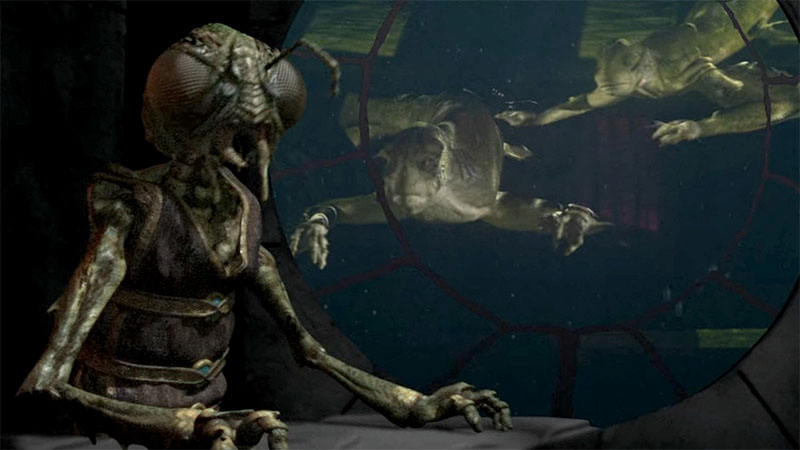
Number Three
The galaxy was to be filled with mostly nonhumanoid aliens. This was not part of Gene’s original pitch but was a sentiment shared during the run of TOS. Of course, again, for budgetary reasons, we only got to see limited examples of nonhumanoid extraterrestrial species.
But the prevalence of nonhumanoids throughout the galaxy, even with the thousands of humanoid races who can trace their origins to the Progenitors, makes sense. Many of these species would come from planets that are downright hostile to humanoid life, such as the Tholians whose homeworld is a Class Y planet with a sulfuric acid-rich environment.
Later instalments would show far fewer nonhumanoid life forms than in TOS, opting for even more budget-friendly “aliens of the week” despite advances in both practical and CGI effects. Thankfully, we have the animated shows to make up for this!
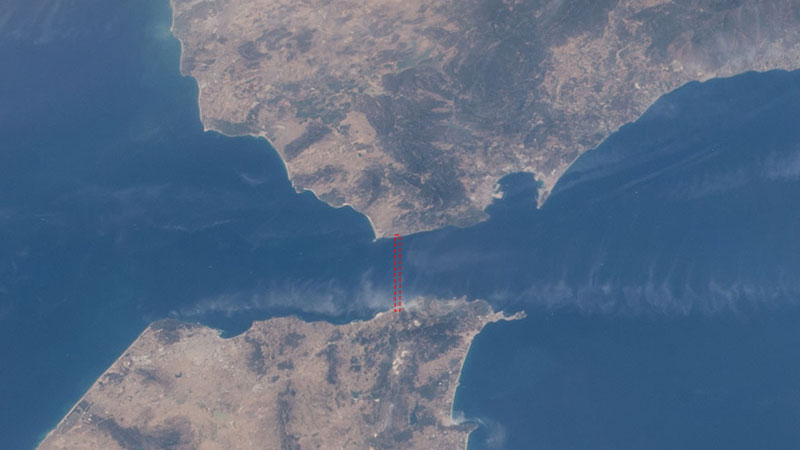
Number Four
The hydroelectric dam that never was. This one comes from Gene’s novelization of The Motion Picture, in which he describes how in the mid-21st century, an alliance of Mediterranean countries constructed a massive dam across the Straits of Gibraltar, lowering the Mediterranean Sea by sixty meters.
This would have the effect of generating the entire electricity supply of Europe and Northern Africa as well as freeing up new fertile farmland north of the Sahara. The only problem with this is, well, we’ve seen future Earth plenty of times in Star Trek, and this dam and evidence of its effects just…aren’t there.
The Mediterranean retains its normal shape, and the Sahara Desert is still, well, a desert. Historical proposals for such a dam across the Straits have traditionally been proposed as ways to help convert the Sahara back into grassland. The fact we see this hasn’t happened in canon, to me, indicates that humanity opted instead for other revolutionary food production techniques like vertical farming as well as planning more efficient resource distribution to existing population centres.
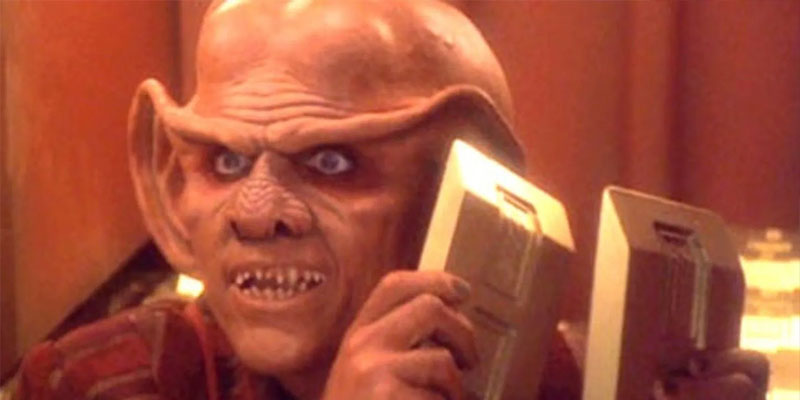
Number Five
The use, or non-use, of money. Gene was a very socialistic, utopian thinker. In his idealistic worldview, humanity would evolve beyond the need for petty things like…currency…um, so this one has been explained to death a million times by other YouTubers, but the Federation does have currency. The “credit” is used as a medium of exchange in various types of transactions, most often when trading with other species like the Ferengi.
When Gillian Taylor says, “don’t you use money in the 23rd century?” and Kirk replies, “we don’t,” really what that means is the kind of paper currency we see people carry around to buy essential things like food are no longer a thing. And furthermore, Jean-Luc Picard states in Star Trek: First Contact that humanity has evolved beyond the accumulation of material wealth as our main driving force in life.
Earth in Star Trek’s future is a world where everyone’s material needs are met and being human is about improving oneself as well as society. This is definitely still a utopian vision by today’s standards, but the idea that Earth would shed the use of currency altogether, as in an anarcho-communist society, was largely ignored by the writers.
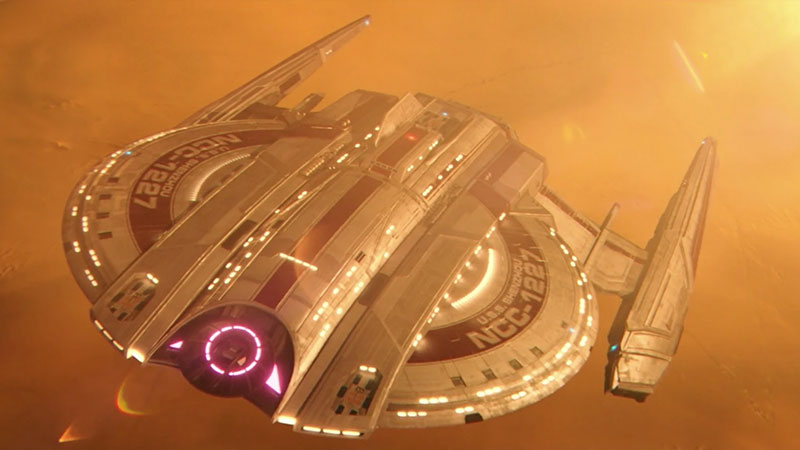
Gene had plenty of other ideas about the way human behaviour would change in a very short amount of time—on the scale of centuries—such as evolving past interpersonal conflict. This was attempted in the first two seasons of TNG, but Trek writers felt this was too constraining and made it difficult to write dramatic television.
I definitely think it’s for the best that some of these ideas, particularly about human nature, were either adapted or discarded as Gene’s tight grip over Trek loosened. The way that DS9 critically examines the Federation’s utopian society and tests its perseverance through storylines like the Dominion War is one reason it’s so fascinating to me.
Even before the Dominion War arc, showing how life really is “on the frontier” and dealing with oppressive aliens like the Cardassians really gave us an appreciation for just how good the Enterprise crew seemed to have it. In any case, expanding the scope of the Trek universe like this has always been a good thing, in my view. It’s still essential, I think, for Trek to remain optimistic sci-fi to set it apart from other bleak dystopian fiction, but adding a little grit to the universe makes it more believable and far more interesting.
Watch The Latest Video By Orange River Media Below
Thanks for watching! I’m interested to hear your thoughts in the comments. If you haven’t yet subscribed, be sure to do that as well so you won’t miss future uploads and click the bell icon to receive all notifications. If you want to support my work even further, becoming a patron at patreon.com/orangeriver is a great way to do so.
I’ll see you in the next video…live long and prosper.
You can find Orange River Media at the links below
- YouTube: https://www.youtube.com/orangeriver
- Twitter: https://www.twitter.com/orangerivernw
- Instagram: https://www.instagram.com/orangeriver.nw
- Facebook: https://www.facebook.com/orangerivernw
- Patreon: https://www.patreon.com/orangeriver

